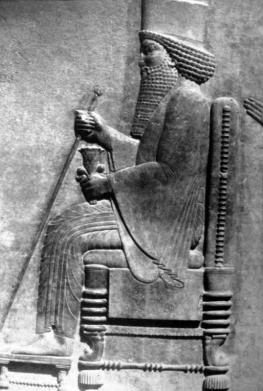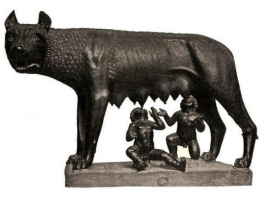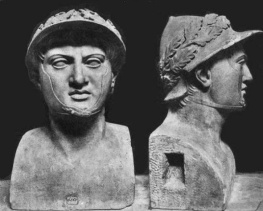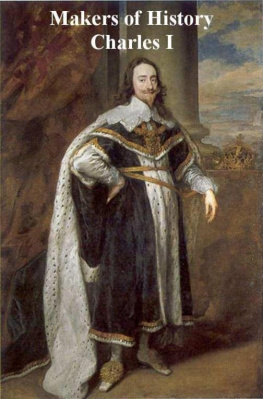Copyright 2012 by Skyhorse Publishing
All Rights Reserved. No part of this book may be reproduced in any manner without the express written consent of the publisher, except in the case of brief excerpts in critical reviews or articles. All inquiries should be addressed to Skyhorse Publishing, 307 West 36th Street, 11th Floor, New York, NY 10018.
Skyhorse Publishing books may be purchased in bulk at special discounts for sales promotion, corporate gifs, fund-raising, or educational purposes. Special editions can also be created to specifcations. For details, contact the Special Sales Department, Skyhorse Publishing, 307 West 36th Street, 11th Floor, New York, NY 10018 or .
Skyhorse and Skyhorse Publishing are registered trademarks of Skyhorse Publishing, Inc., a Delaware corporation.
Visit our website at www.skyhorsepublishing.com.
10 9 8 7 6 5 4 3 2 1
Library of Congress Cataloging-in-Publication Data
Abbott, Henry G., 1858-1905.
[American watchmaker and jeweler]
Abbott's American watchmaker : an encyclopedia for the horologist, jeweler, gold and silversmith / Henry G. Abbott.
p. cm.
Originally published: 1894.
ISBN 978-1-61608-532-2
1. Clock and watch making--Dictionaries. I. Title.
TS540.7.A23 2012
681.1103--dc23
2011038749
Printed in the United States of America
PREFACE
___________
F OR some years there has been a demand among the watchmaking and jewelry fraternity in this country, for a book that would furnish them some information in regard to tools of American manufacture, drawings and descriptions of the various escapements, definitions of various words and phrases used in the trade, etc. There are upon the market several very valuable books, compiled by English, French and German authors, but these works are silent in regard to tools and methods distinctively American. Most of these works devote considerable space to the use of the bow lathe, the turns and other devices long since abandoned by the American watchmaker.
The ambitious workman is always in search of knowledge, in search of new ideas, new tools and new methods. Patient study, constant practice and ambition are requisite to become proficient in any art. The demand for skilled workmen is constantly increasing, and a person wishing to thoroughly master any art, must be to a certain extent capable of self-instruction. To be a proficient in any art a man must not be deft of touch alone, but the head must also play its part. In America the watchmaker is somewhat differently situated from his European brothers. In the country towns he is often called upon not only to clean and repair watches and clocks, but is often asked to put in order or repair music boxes, fishing reels, musical instruments, sewing machines, electric motors, statuettes, pipes, and a variety of other articles too numerous to mention. It would be next to impossible for the ordinary workman to remember all the various instructions, hints, pointers, formulas and recipes which he has read or heard about, and the author believes such persons will welcome this volume and that it will prove valuable for reference in cases of emergency. This, the fourth edition, has been revised and enlarged so that it is more complete than former editions. In this work the compiler makes no claims of originality. The best authorities have been drawn upon for the information here given.
THE AMERICAN
WATCHMAKER AND JEWELER
___________
AN ENCYCLOPEDIA FOR THE
HOROLOGIST, JEWELER, GOLD AND SILVERSMITH
___________
ABBEY. To him or his assistant, Graham, is attributed the invention of the cylinder escapement.
ACCELERATION. This term in horology is applied to the steady gaining in the rate of a time-keeper, particularly to be observed in new movements. It is positively known to occur in marine chronometers, watches as a rule not being subjected to tests sufficiently accurate to detect it in them. There is but little doubt that the hairspring is the cause of acceleration. Old movements after being re-sprung sometimes accelerate, particularly if the overcoil is manipulated too much when timing. Britten declares that there is little doubt that the tendency of springs is to increase slightly in strength for some time after they are subjected to continuous action, just as bells are found to alter a little in tone after use. Sometimes the very best chronometers, after going for a year or two, will accelerate by about three or four seconds per day. M. Jacob attributes this acceleration to the fact that chronometers are exposed to heat oftener and for longer periods than to cold, and since the balance is thus more frequently contracted it follows that after a time the segments will not return exactly to their initial positions. There will therefore be necessarily a slight acceleration of the rate.
Dent believed that it was due to the combination of oxygen of the air with the steel hairspring, so that after a time its rigidity is increased.
M. Villarceau attributed it to the influence of the escapement and that it arises from the fact that the impact communicating the impulse occurs before the balance has arrived at its neutral position.
M. H. Robert attributes it to the fact that the resistance opposed by oil at the pivots of the escape wheel differs from that at the pivots of the balance.
Flat springs do not accelerate as much as those having overcoils. Palladium springs accelerate very much less than hardened steel springs.
ACIDS AND SALTS. Acids and salts of various kinds are employed by the watchmaker and jeweler, but he should never keep them in proximity to his tools or work, or he may have cause to regret it some day. It is advisable to keep them in glass stoppered bottles.
Acetic Acid of commerce varies considerably in concentration and is usually of a very light yellow color. It is very acid in taste and has a pungent odor by which it is easily distinguished.
Alum is sometimes used for removing the stains left by soldering, in lieu of acids, and is also used in removing broken screws from brass plates by immersing the plates in a strong solution of alum and water, the best results being obtained from a boiling solution, which rapidly converts the steel into rust, while it does not attack the brass plate.
Ammonia, or spirits of hartshorn, of commerce is sold usually in the form of a colorless liquid known as aqua ammonia, which is obtained from the ammonical liquor which results from the distillation of coal for the manufacture of gas. Its properties are somewhat similar to those of soda, potash and other alkalies. It will restore the blue color of litmus paper which has been reddened by acid, and counteracts the strongest acids.
Ammonia Phosphate of commerce is a salt produced by the exact saturation of phosphoric acid with ammonia. It is very useful in baths for producing thick platinum deposits.
Ammonium Sulphide of commerce is a liquid produced by saturating ammonia with sulphuretted hydrogen gas. In combination with metals it rapidly forms sulphides and is used on silver for producing the black coating sometimes called oxidation, and is employed for bronzing metals.
Aqua Regia is a combination of I part nitric acid and 2 parts hydrochloric acid, and its strength greatly depends upon the degrees of strength of the two ingredients that form it, which vary in commerce considerably. It is the strongest solvent of metals, and the only one that dissolves gold and platinum.
Boric Acid is employed for decomposing the subsalts deposited in cyanide electro-baths, and for increasing the whiteness of silver alloys.














